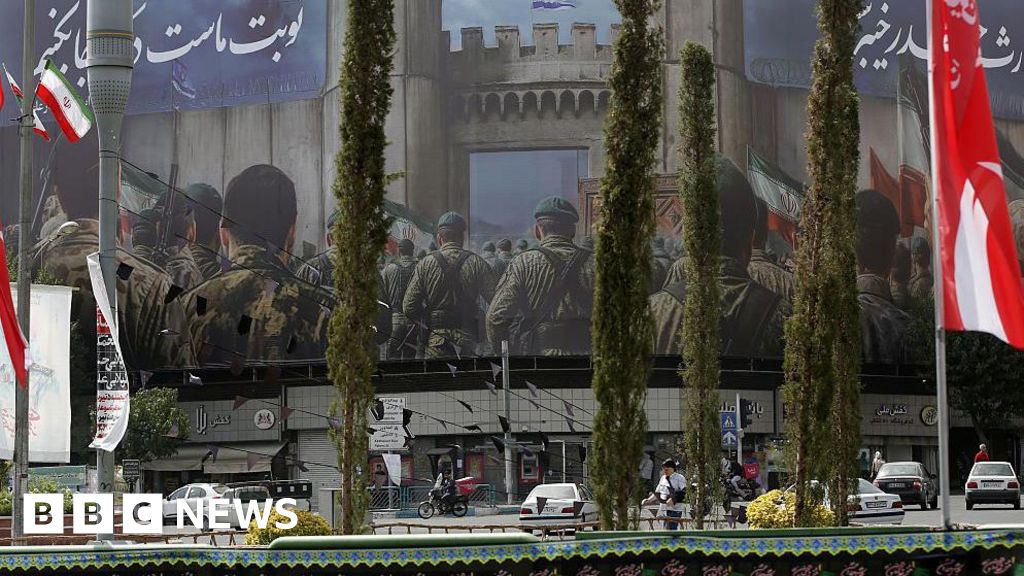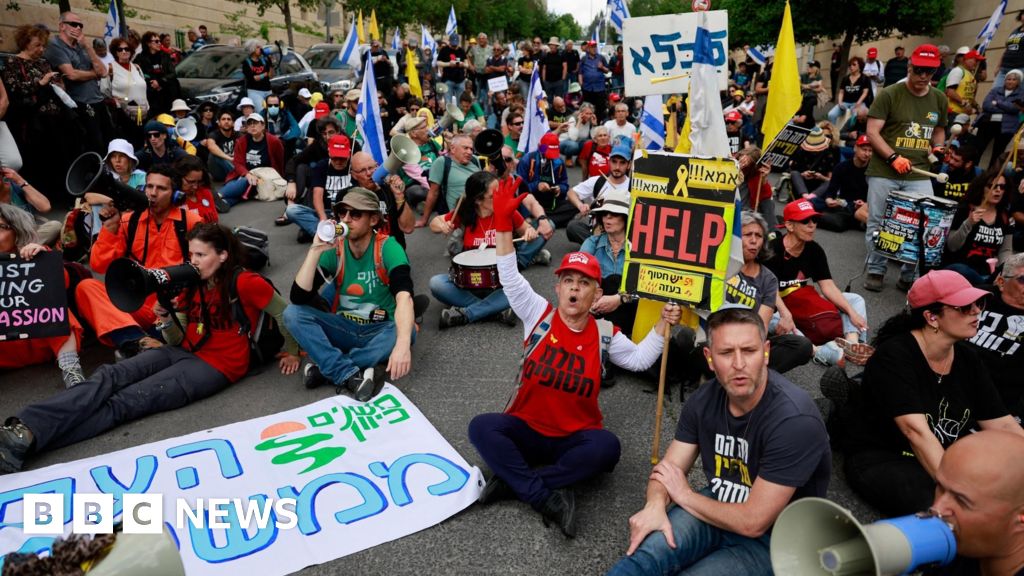MotoGP races all over the world. From Spain to Japan, America to Germany, and almost everywhere in between – sorry, penguins, there’s still no Antarctic GP yet – and at tracks new and old. And some even in locales familiar to those outside the world of two-wheeled racing.
Each year, MotoGP’s circus descends upon a town in France called Le Mans. And, knowing a little bit about racing, or being a casual endurance racing fan, you’ll no doubt recognize the name as the destination it is, being the home of the 24 Hours of Le Mans. It’s the place where Ford beat Ferrari. Where Porsche reigns supreme. And where Mark Webber went airborne in a Mercedes decades ago in a clip that’ll forever be a part of internet culture.
But in a shock to those new to MotoGP, or even some of the OGs who’ve never bothered to ask, when you watch the race, the riders aren’t racing Le Mans’ nearly nine-mile layout. Instead, they’re racing within the confines of the much smaller purpose-built Bugatti circuit.
What gives? Glad you asked. They never raced there to begin with. But the reason they’ve yet to is because of safety.
The current crop of MotoGP tracks are all about the safety of the riders, as street circuits have been removed completely from the calendar. After numerous life-ending crashes, along with countless injuries, street circuits were deemed too dangerous for the riders. Even famous circuits with histories stretching back over a century were banned, see the Isle of Man TT’s legacy in the sport. But the riders were fed up with watching their brethren die on a race weekend, so street circuits were gradually phased out for purpose-built tracks where they could better control the safety.
That, however, isn’t the only reason why Circuit de la Sarthe isn’t on the calendar. It’s not on there as riders have never raced its 8.467-mile track length.
Marc Marquez, Gresini Racing
Photo by: Gold and Goose / Motorsport Images
Bugatti Circuit, where MotoGP holds its Le Mans race weekend, was constructed in 1965 and named after the man himself, Ettore Bugatti. It was created to give the town a permanent racing facility as the big 24-hour endurance race used closed public roads. Why not give the area a place somewhere permanent that can play host all year round?
The current track is 2.6-miles long and uses portions of the main track’s layout, as well as purpose-built portions, and has seen numerous safety upgrades over the years to allow the top-class motorcycle racing series to continue pounding its pavement. Safety upgrades through the years have meant better run-off areas and safety barriers, along with way better medical facilities.
And as you’d might expect, those would be things that’d be incredibly difficult to manage and implement along the nearly nine-mile layout of the main circuit.
But motorcycle racing only came to Le Mans in 1969, four years after the Bugatti Circuit was created. So there isn’t the same type of history as endurance racing. It has, however, since become the home of French motorcycle racing, having waxed and waned over the years, only for the current iteration to begin in 2000 and remain a permanent fixture on the calendar ever since.
It’s also home to the World Sidecar Championships, which if you’ve never watched, I absolutely implore you to do so.
So, that is why MotoGP doesn’t race at Le Mans’ full track. It never has, nor likely ever will, especially in a motorcycling world so divided on the re-addition of street circuits to the calendar. Some people want them, many don’t. And like the reason behind why MotoGP doesn’t race at Le Mans, it’s all about risk vs. safety.
In this article
Be the first to know and subscribe for real-time news email updates on these topics
Subscribe to news alerts
Source link

















